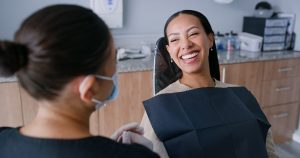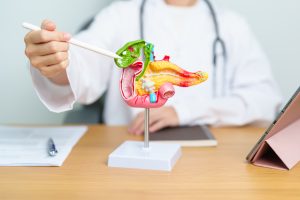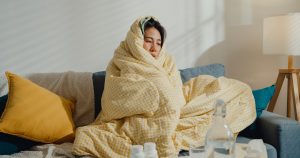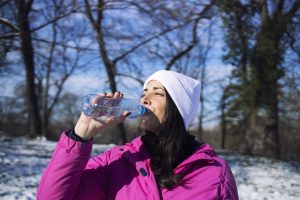 As the New Year approaches, it is the time of year when resolutions to improve ourselves are made. Resolutions such as joining a gym to get into better shape, changing a diet, and quitting smoking are typical goals we hope to achieve. Another important resolution for the New Year is to focus on our oral health.
As the New Year approaches, it is the time of year when resolutions to improve ourselves are made. Resolutions such as joining a gym to get into better shape, changing a diet, and quitting smoking are typical goals we hope to achieve. Another important resolution for the New Year is to focus on our oral health.
Some ways to help achieve this goal include:
- Practice good oral hygiene – brushing and flossing daily is an easy way to improve oral health. To successfully remove plaque and the bacteria that cause plaque, it is important to brush at least twice a day and floss at least once a day to remove bacterial plaque and food that accumulated throughout the day. This can help prevent gum disease, tooth decay, and bad breath.
- Watch what you eat and drink. Making healthier food and beverage choices, especially when it comes to snacks, is an important component in achieving your oral health goals. Frequently consuming foods and beverages containing acids and carbohydrates contributes to tooth decay.
- Quit smoking – smoking greatly affects your oral health as it can lead to tooth staining, gum disease, tooth decay, tooth loss, and in more severe cases oral cancer. The New Year is a great time to give up smoking. Consider free online tools, smoking cessation groups, progress-tracking apps, and support from friends and family to assist you with tobacco cessation.
- Receive regular check-ups – making routine visits to the dentist can prevent oral diseases or reveal existing oral diseases in their early stages. Visits to the dentist should take place every six months to allow your dentist to monitor the condition of your oral health and develop a treatment plan that is appropriate.
If you’re experiencing dental health problems, it is important to visit a dentist to ensure you’re receiving the most effective treatment possible. To schedule an appointment at Flushing Hospital Medical Center’s Department of Dental Medicine, please call (718) 670-5521.
All content of this newsletter is intended for general information purposes only and is not intended or implied to be a substitute for professional medical advice, diagnosis or treatment. Please consult a medical professional before adopting any of the suggestions on this page. You must never disregard professional medical advice or delay seeking medical treatment based upon any content of this newsletter. PROMPTLY CONSULT YOUR PHYSICIAN OR CALL 911 IF YOU BELIEVE YOU HAVE A MEDICAL EMERGENCY.










